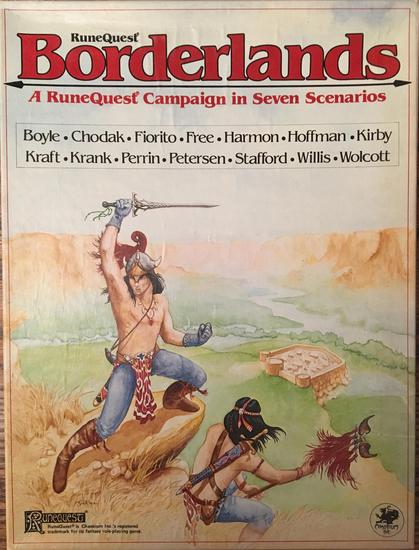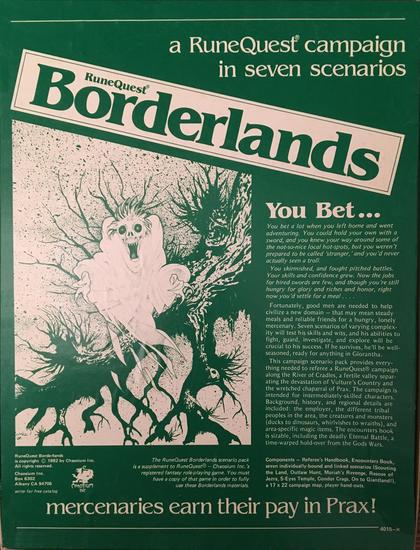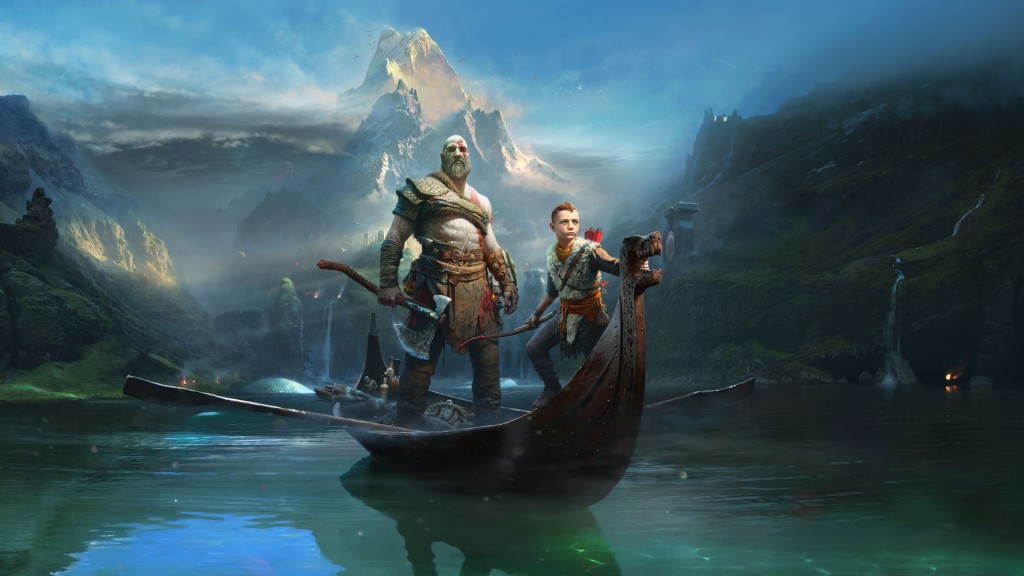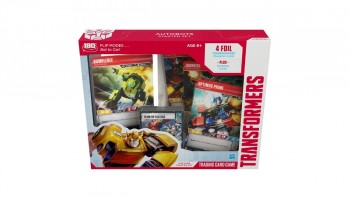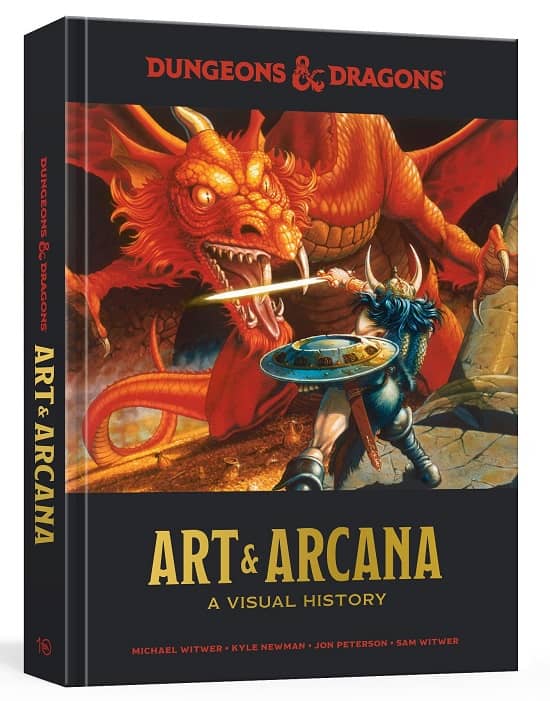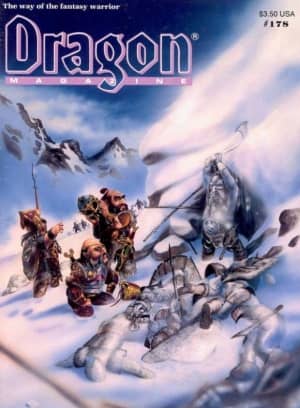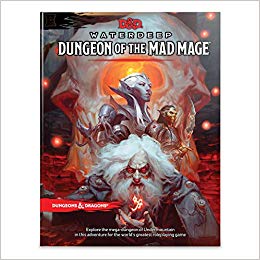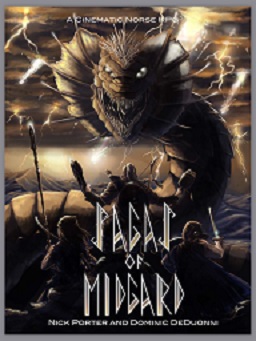A (Belated) First Look At Basic Fantasy Role-Playing Game.
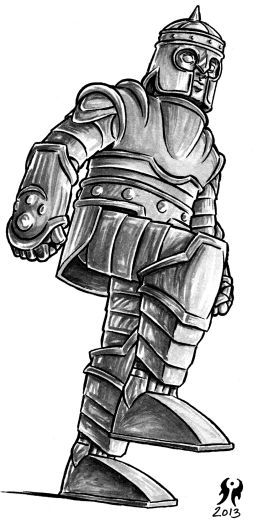

I just purchased a copy of the Basic Fantasy Role-Playing Game, “a rules-light game system modelled on the classic RPG rules of the early 1980’s”, which is code for an Old School Revival (OSR) game based on the old D&D mechanics that Wizards of the Coast released under open license some twenty(!) or so years ago.
The thing about OSR games is you never quite know whether they are reviving the experience or just the rules of yesteryear’s roleplaying. The two are different because the world has changed.
Sure, the rules generate the experience, but the same way music generates the gig. This isn’t the sound of one hand clapping in the woods. The context matters. Just as Bill Haley and the Comets wouldn’t trigger a cinema (!) riot these days, the uneven rules of yesteryear aren’t going to conjure up the edge-of-seat experience of our youthful roleplaying, because things have changed.
I’m old enough to have played 1st Edition AD&D as a teenager, just at the point when the supplements were stacking up to obscure the original mechanical simplicity. I yearn for the cosy shared world — the Vancian magic, the stock monsters and magical items, the delightful abstraction of character classes — but have no nostalgia for epicycle-heavy non-recursive mechanics — ascending armor class, anybody? — nor the nerdily statted list of polearms, nor the tribble-like burgeoning of scene-stealing new character classes. Luckily, we were fortunate enough to have an adept DM (Hello Andy, Calum!) who could act as a layer between the mechanics and the flaky teens (Sorry, Andy, Calum…). Nor have I any interest in revisiting old controversies — Wot? No thief?
And this is the first way that the world has changed: standards.
